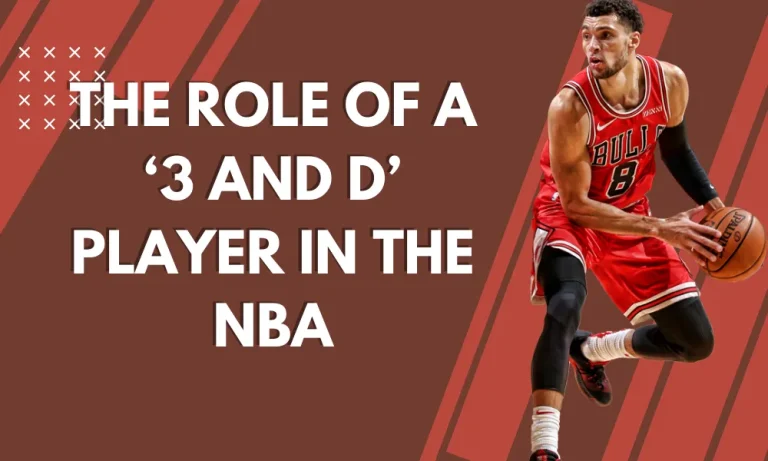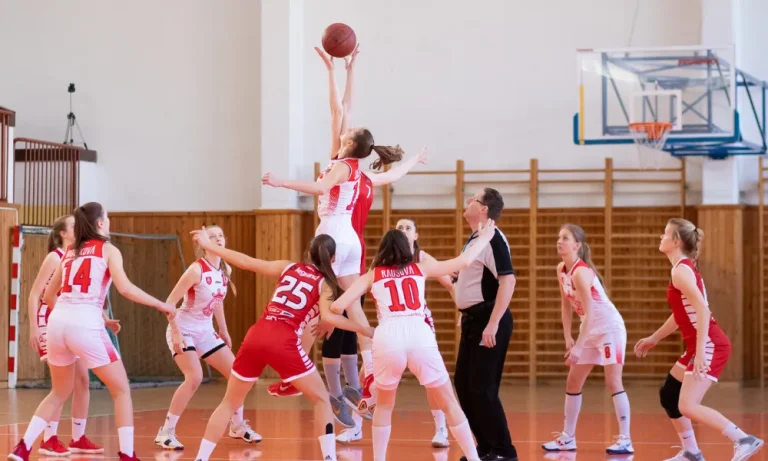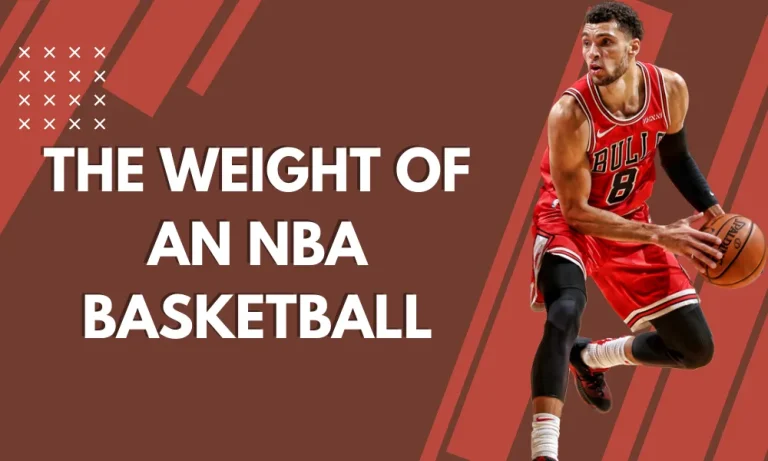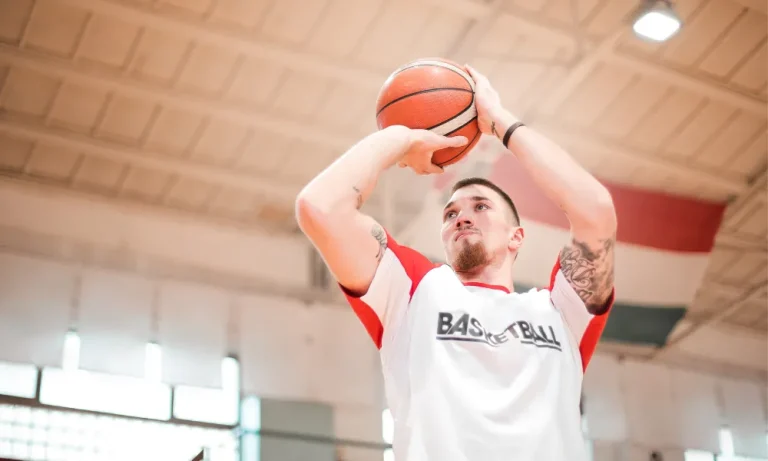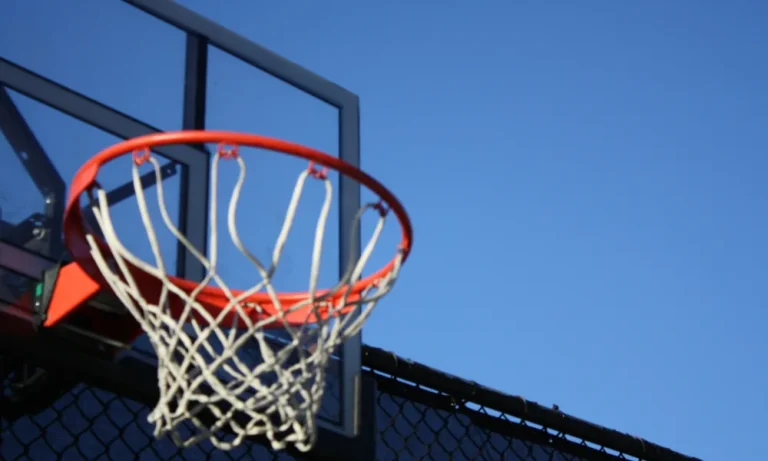How Much Does A Basketball Weigh?
Basketball weight is a crucial factor that impacts gameplay and player performance. Have you ever wondered how much these spherical objects of athletic prowess weigh?
In this article, we’ll delve into the intricacies of basketball weights, exploring standard measurements across leagues and discussing the various factors influencing their heft.
Get ready to unravel the mystery behind those bouncy orbs!
Standard Weight Range Across Leagues
Basketball organizations worldwide have established guidelines regarding the acceptable weight range for official game balls. Let’s take a closer look at some of these standards:
NBA (National Basketball Association)
The NBA specifies that an official basketball should weigh between 22 ounces (approximately 624 grams) and 29.5 ounces (around 836 grams). This standardized weight ensures consistency in gameplay throughout professional matches.
NCAA (National Collegiate Athletic Association)
In college-level competitions governed by NCAA regulations, basketballs are required to have a similar weight range as those used in the NBA – between 22 ounces and 29.5 ounces.
FIBA (International Basketball Federation)
For international games sanctioned by FIBA, including Olympic competitions and World Cups, there is a slight difference in ball weights compared to NBA and NCAA standards. The approved weight range for FIBA-sanctioned games is between approximately 567 grams (20 ounces) and around 650 grams (23 ounces).
It’s worth noting that while there are specific ranges set by each league or association mentioned above, individual teams may also have their preferences within those ranges based on factors like player preference or team strategy.
Factors Affecting Basketball Weight
When it comes to determining the weight of a basketball, three main factors play a significant role:
Material Composition
The choice of materials used in constructing a basketball affects its weight. Traditionally, basketballs were made from genuine leather which offered exceptional grip and durability but tended to be heavier.
Nowadays, synthetic materials like composite leather or rubber are commonly used for their lighter weight while still providing good performance.
Inner Bladder Material
Inside every basketball is an inner bladder responsible for maintaining air pressure and shape retention. This bladder can be made of either rubber or latex. Rubber bladders tend to add more weight to the ball due to their denser nature compared to latex bladders.
Air Pressure Within the Ball
The amount of air pumped into a basketball affects its overall weight as well. Higher air pressure increases bounce and responsiveness but also makes the ball slightly lighter.
By manipulating these factors – material composition, inner bladder material, and air pressure – manufacturers can create variations in how heavy or light a basketball feels during gameplay.
How Ball Weight Affects Performance
Have you ever wondered how the weight of a ball can impact performance in sports? Whether it’s basketball, soccer, or tennis, the weight of the ball plays a crucial role in determining how it moves and responds during gameplay.
Shooting Accuracy
Ball weight plays a vital role in shooting accuracy. Heavier balls tend to require more force when shooting, potentially affecting players’ shooting arcs and distance control. On the other hand, lighter balls allow for quicker release and smoother follow-through motions.
Dribbling Control
Dribbling is an essential skill in basketball, and ball weight directly affects dribbling control. Lighter balls are generally easier to handle as they allow for quicker movements and better maneuverability during crossovers and changes in direction.
However, some players prefer slightly heavier balls for enhanced grip and stability while dribbling.
Passing Ability
Passing requires precision and timing. The choice of ball weight can impact how accurately passes are executed. Lighter balls often enable crisper passes due to their ease of handling, allowing players to deliver accurate passes with less effort.
Finding the Right Balance
The ideal ball weight ultimately depends on individual playing style preferences. Players who rely more on finesse moves might lean towards lighter balls that offer better control during quick actions like layups or floaters.
Meanwhile, players who prioritize power play or post-up moves might find slightly heavier balls advantageous for added stability during physical encounters under the hoop.
It’s important for each player to experiment with different weights to determine what feels most comfortable and enhances their overall performance based on their specific skills and position played.
Basketball Weight for Various Age Groups
When it comes to playing basketball, the weight of the ball is an important consideration, especially for different age groups. Young players require a ball that suits their physical capabilities and allows them to develop proper skills and techniques.
Youth Basketball
For younger players, such as children between ages 5-12, using standard-sized basketballs might be challenging due to their limited strength and hand size. To accommodate these young athletes, specially designed youth basketballs with reduced weights are available.
These lighter balls allow them to develop proper shooting form and dribbling skills without being hindered by excessive weight.
Teenagers and Adults
As players progress into their teenage years and adulthood, they typically transition to standard-weight basketballs used in official games across various leagues like the NBA or NCAA. The added weight helps build muscle strength while maintaining the integrity of game-like conditions.
Training Recommendations
When it comes to training at any age group, it’s crucial to consider individual physical abilities and gradually increase intensity over time. Younger players should focus on developing fundamental skills using appropriate equipment like lighter balls during practice sessions before transitioning to regulation-weight balls as they grow older.
Older players can incorporate weighted ball drills or strength training exercises specific to basketball movements under proper supervision from coaches or trainers.
frequently asked questions
1. Can I modify a basketball’s weight?
Modifying a basketball’s weight is not recommended as it can alter the ball’s balance and affect its performance. Official game balls have specific standards to maintain fairness in play.
2. Are there any regulations on changing a ball’s official weight?
Yes, leagues like the NBA and NCAA strictly regulate the specifications of official game balls, including their weights. Any modifications to these weights would violate league rules and could result in penalties or disqualification.
3. Why does ball weight vary between different brands?
Various manufacturers may use different materials and construction techniques, resulting in variations in ball weights. It is important to choose reputable brands that adhere to industry standards for consistent quality.
4. Do lighter balls always improve shooting accuracy?
While lighter balls allow for a quicker release, which can enhance shooting speed, accuracy depends on various factors such as individual technique and player preference. Some players find heavier balls more comfortable for shooting due to increased control.
5. What age group benefits from youth basketballs with reduced weights?
Youth basketballs with reduced weights are designed specifically for children aged 5-12 who might struggle with standard-sized balls due to limited strength and hand size. These lighter options enable young players to develop proper skills without being overwhelmed by heavy equipment.
Conclusion
The weight of a basketball can vary depending on the league, age group, and player preference. Understanding the standard weight range for different leagues like NBA, NCAA, and FIBA is crucial for fair gameplay.
Factors such as material composition, inner bladder material, and air pressure within the ball also contribute to its overall weight.
Whether you’re shooting hoops in your backyard or playing in a professional league, choosing the right ball weight can significantly impact your performance on the court. So next time you grab that basketball, remember to consider its weight and find what works best for you!

